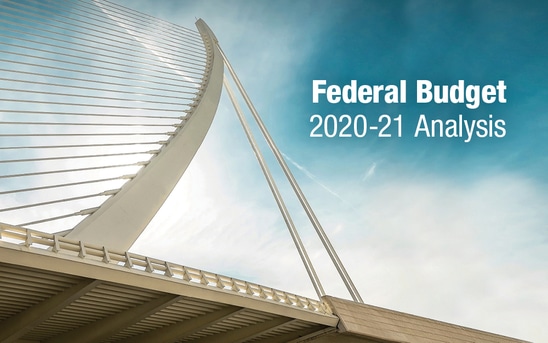To say that Donald Trump’s election as President of the United States took the world by surprise is an understatement. Markets hate surprises and uncertainty, so a short-term period of volatility is to be expected. But as investors begin to digest the new policy direction, buying opportunities could arise.
With the benefit of hindsight, it’s clear that global financial markets got the US election result as wrong as everyone else, just as they did with the Brexit vote. This sent them into a tailspin when Trump claimed victory, but most of these falls were reversed within hours.
So what do we know of President-elect Trump’s policies and what will they mean for us?
Mining shares rally
Global share markets responded positively to Trump’s promise to increase spending on infrastructure and defence and cut taxes. He proposes cutting the corporate tax rate to 15 per cent from as high as 39 per cent. He also wants to cut personal taxes, including a cut in the top marginal tax rate from 39 per cent to 33 per cent.i
These policies would provide a shot of fiscal stimulus to the US economy and Australian companies that do business there.
Coal and iron ore prices were already rising but iron ore surged ahead by almost 15 per cent in the week of the election, along with the shares of Australian mining heavyweights BHP Billiton, Rio Tinto and Fortescue Mining.ii As the graph shows, Australian resource stocks are up about 35 per cent this year.
Trump has also pledged to reduce industry regulation and allow the importation of foreign drugs, which is viewed as positive for Australian financial and healthcare stocks.
The fly in the ointment for the Australian economy and local exporters is Trump’s protectionist trade policy. He has promised to renegotiate Complimentary trade agreements and impose high tariffs on Chinese goods. As China is Australia’s top trading partner, what is bad for Chinese trade is bad for us.
While the Republican Party has won control of the House and the Senate, smoothing the way for President Trump’s agenda, some negotiation and compromise are inevitable.
S&P/ASX 200 All Resources Index
Source: ASX200 Resources Index
The end of the bond bubble?
The economic stimulus of tax cuts and increased spending on infrastructure and defence are expected to increase inflation, which is not a bad thing after years of sluggish economic growth. With inflation and economic growth on the rise, the US will not need to rely so heavily on monetary stimulus so demand for US government bonds is likely to fall. This would mean lower bond prices and rising yields.
Bond yields were already on the rise, but Trump’s victory has accelerated the trend. US 10-year bond yields have climbed from a low of 1.36 per cent before Brexit to 2.2 per cent. Bond yields are also rising in the UK, Europe and here in Australia where the yield on 10-year government bonds has lifted from 1.8 per cent to 2.6 per cent in four months.iii
AMP Capital chief economist, Shane Oliver says the stimulatory effects of a Trump presidency add to evidence that the 35-year rally in bonds is over. However, he expects yields will rise gradually until global growth gains momentum.iii
Interest rates at the crossroads
The US Federal Reserve was already expected to lift interest rates in December on the back of slowly improving economic data. Fed chairwoman Janet Yellen recently confirmed that a December rate rise is still on track, adding to upward pressure on bond yields.
There are signs that Australian rates may also have bottomed. In a speechiv on November 15, Reserve Bank Governor Phillip Lowe all but ruled out the need for further interest rate cuts. He argued that the local economy is on track to provide the necessary growth to push inflation back within the Bank’s target band of 2-3 per cent.
The prospect of gently rising inflation and interest rates are good news for long-suffering investors who depend on income from their investments. Borrowers on the other hand, may choose to lock in fixed rates at their current low levels.
A softer Aussie dollar
After falling from US77c before the election to as low as US73c, the Australian dollar has been holding firm at around US74 cents on the back of higher commodity prices. Longer term though, the market expects the Aussie dollar to fall further against the greenback.
If American does become more protectionist under President Trump, and interest rates rise, the US dollar is likely rise too as American companies shift business back home. The flow of funds into the US, together with any softening of global trade would put downward pressure on our dollar. While this is bad news for travellers, a weaker Aussie dollar will help make our exports more competitive.
While uncertainty persists about the policy outcomes of a Trump administration, investors should expect ongoing market volatility. What is certain though, is that Donald Trump’s victory will present challenges and possible buying opportunities for Australian investors. And that’s always been the case whoever sits in the Oval Office.
If you would like to discuss your portfolio in the light of the US election result, don’t hesitate to call.
i Oliver’s Insights, AMP, 9 November 2016
ii Bassanese bites: A Focus on Trump Trades, 14 November 2016
iii Oliver’s Insights, AMP, 14 November 2016
iv http://www.rba.gov.au/speeches/2016/sp-gov-2016-11-15.html






































































